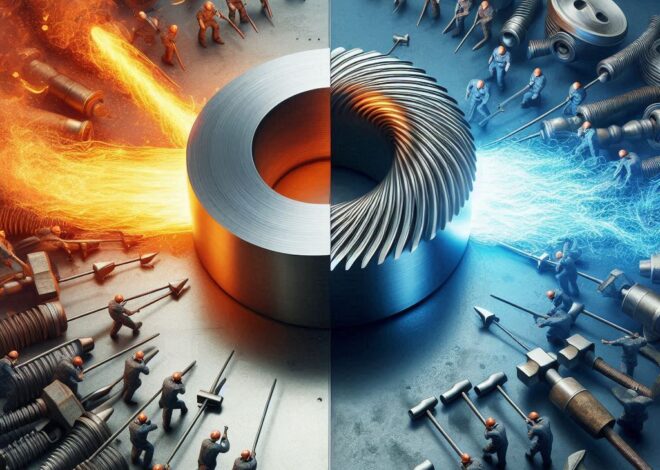
What to Know About Exposed Metal Fastener
Despite their modest size and understated appearance, stainless
steel fasteners play a crucial role in each application in which they are used.
From tiny pipe junctions to tall buildings and skyscrapers, fasteners act as
the linking element. Small screws, nuts, bolts, and other components are known
as fasteners are used to hold large structures together and connect the dots.
Despite their seeming insignificance, they play a crucial part. No matter how
little they are, they adhere to them and possess all the properties of
stainless steel. Good quality Fasteners provided by reputed Fasteners Suppliers made of stainless steel can withstand extreme pressure and a
variety of environmental factors. If you are searching for Fastener Suppliers, then one name you can definitely trust is RPPL Industries.
We all know that when we hear the phrase stainless steel, the
words “anti-rust” and “anti-corrosive” spring to mind. The
exceptional rust and corrosion resistance, as well as the stamina to withstand
the abrasion of stainless steel, are well recognized. As we all know, stainless
steel is a three-metal alloy predominantly made of iron, chromium, and nickel.
Iron and nickel keep the alloy’s strength and structural integrity. Because it
is a reactive metal, chromium reacts with airborne oxygen to form a coating of
chromium oxide on its surface. This oxide layer shields the metal against
corrosive conditions, corrosion, and abrasion.
Stainless steel is widely accessible and is in great supply. For
every construction, a stainless steel fastener is necessary. In every phase of
metalworking, fasteners are essential. Consequently, stainless steel fasteners are
quite affordable. They are extremely durable and economical, which boosts
market demand for them.
Each building needs a distinct fastening with a specific set of
strengths and qualities. Grades of stainless steel are relevant in this
situation. When stainless steel is welded, a variety of filler metals are added
to enhance it, creating different grades. Each grade has different strengths,
weldabilities, formabilities, corrosion resistance, heat tolerance, and other
qualities. The most prevalent types of stainless steel are austenitic,
martensitic, and ferritic.
In industrial production, infrastructure development, and
construction activities, fastening components together securely and effectively
is a fundamental problem. However, picking the right kind of designed fastening
solution for a project might feel unduly difficult. It might be simple to
reduce your selections to the ideal fastening method if you are aware of the
advantages of each kind.
Bolting using threaded fasteners, stud welding, and riveting are
three of the most popular designed fastening methods. Each has unique
advantages, and in many situations, a project can use a variety of
fasteners.The ability to swiftly disassemble and reassemble configuration
pieces for transporting, shipping, and reconfiguring is provided by threaded
fasteners. This is especially helpful for modular systems that are intended to
grow and alter over time.Threaded fasteners may be used in a broad range of
applications because of the large variety of configurations available,
including somewhere conventional fasteners are impracticable due to the
thickness of the material. Due to its remarkable adaptability, threaded
fasteners may be used to link a variety of materials, including wood, metal,
and concrete.
It is not the case that one technique is better than another in
the argument over which fastener is superior to another; rather, each one has
benefits in particular applications. Contact one of our experts at RPPL
Industries for advice on your project if you’re having difficulties choosing
the best fastening option for the task.


